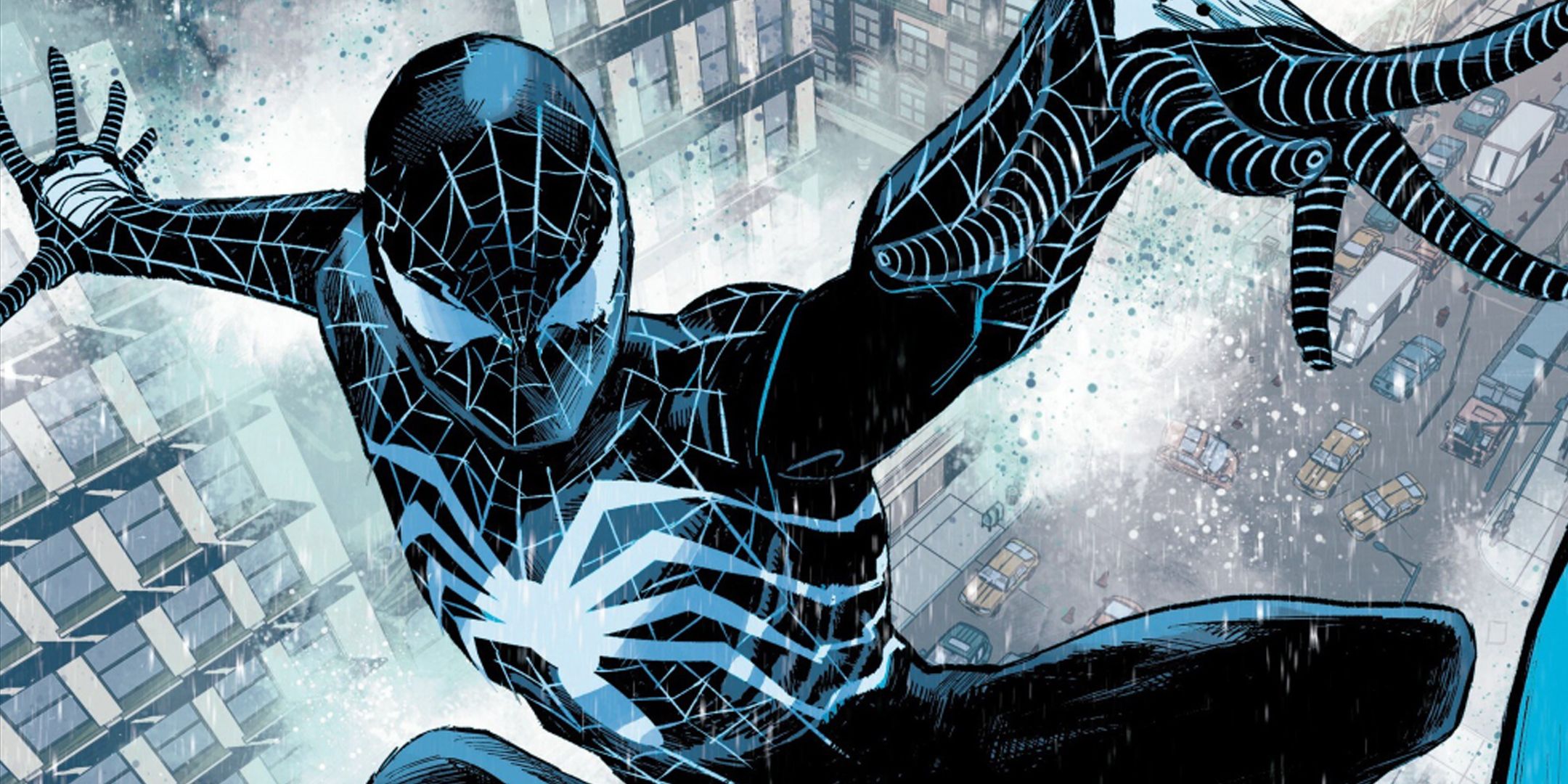 A Haunting BOOM! Studios Anthology: Hello Darkness #11 Review
A Haunting BOOM! Studios Anthology: Hello Darkness #11 ReviewBOOM! Studios consistently proves its mastery of the horror genre, and its acclaimed anthology series, Hello Darkness, is a shining example. This post offers a spoiler-free Hello Darkness #11 review, delving into the latest collection of nightmares the publisher has to offer. The issue gathers a brilliant assembly of creative minds to spin five uniquely terrifying yarns. Each story plumbs the depths of fear, creating a memorable and diverse reading experience. For enthusiasts of scary stories, this anthology is a showcase of how potent short-form horror can be, leaving an indelible mark on the reader’s psyche.
This installment takes you on a tour through the landscape of terror, from cosmic revelations to visceral transformations. It highlights the amazing power of the comic book format to generate genuine dread. The creative roster features a compelling mix of seasoned professionals and exciting new voices, all contributing their distinct perspectives to the whole. Join us as we peek into the abyss contained within these pages.
A Spoiler-Free Hello Darkness #11 Review
Published by the esteemed BOOM! Studios, Hello Darkness #11 thrives on the strength of its variety. The book contains five standalone narratives, each crafted by a different team with a unique aesthetic. This format guarantees a dynamic pace; if one style of horror doesn’t grab you, the next story presents a fresh terror to uncover. It’s a true standout among the new comics currently available.
The issue kicks off with “Hell Horse,” a story conceived by writer Kalen Egan and brought to life by artist Gavin Smith. It begins as a gritty tale about a racehorse and a tragic accident but soon spirals into something far grander and more terrifying. Smith’s artwork skillfully conveys the raw emotion of the opening scenes before erupting into fiery, apocalyptic imagery. The plot culminates in the stunning birth of a modern harbinger of the end times, riding forth for “War, Conquest, Famine, Death.”
Following that is “Shitcan,” created by Evan Skrederstu and Gavin Lawson. This is the book’s most avant-garde and experimental piece. We follow a graffiti artist on a strange trek through a tunnel, which leads to a surreal and transformative run-in with raccoons. The most intriguing part of this story is revealed afterward: the creators literally painted the comic’s panels inside a real-world storm drain, preserving their art in “total darkness.” This fascinating backstory lends a powerful authenticity to an already bizarre and unforgettable comic. This whole anthology is a great read.
The third entry, “The Void That Lived in the Manor,” is a gothic horror story by Shannon Hochman. Set in the 1920s, it centers on a war veteran languishing in an old house by the sea. His desolate routine is shattered by the appearance of a black cat that is less a feline and more a walking piece of the abyss—a hungry, reality-devouring void. The art style is beautifully haunting, perfectly matching a narrative that dissolves the boundaries between one’s inner demons and literal monsters. The way the creature moves and behaves is profoundly unnerving. The book also features a selection of stunning variant covers that are worth checking out.
Next is “I Can’t Take You Anywhere,” a very short piece by Robert Hack. It functions as a wonderfully dark and funny interlude. In just three panels, Hack lands a sharp, grimly humorous punchline involving a classic movie monster. It’s a great example of horror’s comedic potential and storytelling economy.
The issue concludes with the spectacular “Gas Station Snacks,” from writer Dan Watters and artist Dani. This story is a triumph of slowly building cosmic horror. A concerned narrator takes their partner, who seems to be in the midst of a mental health crisis, on a camping trip to get away from it all. There, the partner unveils a disturbing belief: our cities are not our own but are immense, living alien entities that consume the endless sound of human civilization. Watters masterfully builds suspense, leaving the reader to wonder if this is a paranoid delusion or an earth-shattering truth. The final pages provide a chilling, large-scale answer that is as awe-inspiring as it is terrifying. It is a fantastic experience.
To sum up, Hello Darkness #11 is an exemplary horror anthology. It confidently explores a wide spectrum of fear, offering a nightmare for every reader. From the mythological terror of “Hell Horse” to the quiet, existential dread of “Gas Station Snacks,” this issue is a platform for exceptional talent. It serves as a stark reminder that the most potent fears often arise from our anxieties about our world, our minds, and our small place in a vast, uncaring cosmos. It is an essential purchase for any devotee of the genre.
What were your favorite stories from the issue? Head over to our Twitter page and let us know your thoughts!
 A Haunting BOOM! Studios Anthology: Hello Darkness #11 Review
A Haunting BOOM! Studios Anthology: Hello Darkness #11 Review

































 English (US) ·
English (US) ·